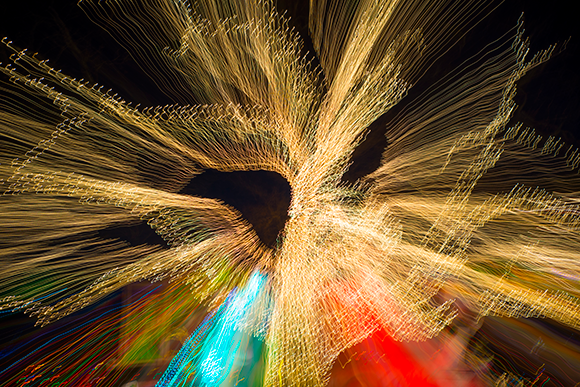Chapter 5: Controlling Exposure
Learning the fundamentals of exposure is one of the most important aspects of the art of photography. Taking each element and understanding where each one fits and how is the key to mastering the skill of producing photographs exactly as you envision them. If you don’t have a firm knowledge of exposure settings and what each setting does, you will never be able to achieve reproducible results.
Exposure isn’t an exceedingly difficult concept to master, but at first, it can seem a bit technical and confusing, especially if you’re new to the world of dSLR cameras. While the D5200 has a plethora of scene modes that can get reasonably good results, if you want to make photographs instead of merely take pictures, you have to learn what goes into making an exposure.

Knowing which modes and features to use in any given situation allows you to get a good exposure, no matter what you’re shooting.
Defining Exposure
Exposure is the amount of light that reaches the camera sensor during a single shutter cycle. A shutter cycle occurs when the shutter-release button is fully depressed, the reflex mirror flips up, the shutter opens and closes, the mirror flips back down into place, and the shutter resets. While that sounds like a mouthful, it all happens in a split second.
There are three things that determine how much light reaches the sensor of your D5200 during ...
Get Nikon D5200 Digital Field Guide now with the O’Reilly learning platform.
O’Reilly members experience books, live events, courses curated by job role, and more from O’Reilly and nearly 200 top publishers.

